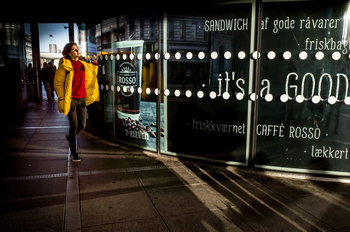
Availability
A customer finds their favorite brand difficult to find and switches to a brand that is available where they shop.Customer Experience
A customer prefers a brand until they have a bad experience with it. For example, a customer who prefers a hotel chain until experiencing poor customer service.Change
A product or service changes or adds new features that don't appeal to the customer. It is common to prefer a brand for its predictability, stability and usability.Curiosity
A customer becomes bored with a brand or its products and feels like exploring new options.Needs
A customer's needs change. For example, a fashion brand known for outlandish fashions that appeals to women in their early 20s may expect many customers to switch when they begin a career and require a more conservative look.Perceptions
A customer who previously identified with a brand based on factors such as brand image, brand culture, company values or product style changes their mind based on new information. For example, a snowboarder who likes a brand for its backcountry image may change her mind after seeing that inexperienced snowboarders on the slopes commonly wear the same brand.Reputation
The social status of a brand declines due to factors such as the poor behavior of its leadership, declining customer service or sustainability practices.Competition
A competitor begins to replace a brand's position in the market with a more compelling offer. For example, a brand of organic food that is able to wrap products in stories about how food is produced may be able to replace brands that simply slap an organic certification mark on products.Pricing
Customers who replace a brand they prefer with a cheaper brand because its products are similar enough. This can work the other way as customers may switch brands when they can afford more expensive products.| Overview: Brand Switching | ||
Type | ||
Definition | Loss of a brand loyal customer to another brand. | |
Related Concepts | ||





























